This Day in Aviation History
December 8th, 2006
First flight of the Boeing X-53.
The X-53 Active Aeroelastic Wing (AAW) development program is a completed research project that was undertaken jointly by the Air Force Research Laboratory (AFRL), Boeing Phantom Works and NASA’s Dryden Flight Research Center, where the technology was flight tested on a modified McDonnell Douglas F/A-18 Hornet. Active Aeroelastic Wing Technology is a technology that integrates wing aerodynamics, controls, and structure to harness and control wing aeroelastic twist at high speeds and dynamic pressures. By using multiple leading and trailing edge controls like “aerodynamic tabs”, subtle amounts of aeroelastic twist can be controlled to provide large amounts of wing control power, while minimizing maneuver air loads at high wing strain conditions or aerodynamic drag at low wing strain conditions. The flight program which first proved the use of AAW technology in full scale was the X-53 Active Aeroelastic Wing program.
Gerry Miller and Jan Tulinius led the development of the initial concept during wind tunnel testing in the mid 1980s under Air Force contract. The designation “X-52” was skipped in sequence to avoid confusion with the B-52 Stratofortress bomber.
Active Aeroelastic Wing (AAW) Technology is multidisciplinary in that it integrates air vehicle aerodynamics, active controls, and structural aeroelastic behavior to maximize air vehicle performance. The concept uses wing aeroelastic flexibility for a net benefit and enables the use of high aspect ratio, thin, swept wings that are aeroelastically deformed into shapes for optimum performance. This makes it possible to achieve the multi-point aerodynamic performance required of future fighter, bomber, and transport aircraft.
AAW Technology employs wing aeroelastic flexibility for a net benefit through use of multiple leading and trailing edge control surfaces activated by a digital flight control system. At higher dynamic pressures, AAW control surfaces are used as “tabs” which are deflected into the air stream in a manner that produces favorable wing twist instead of the reduced control generally associated with “aileron reversal” caused by trailing edge surfaces. The energy of the air stream is employed to twist the wing with very little control surface motion. The wing itself creates the control forces.
As AAW attempts to promote and use favorable wing twist response at high speeds, it is viewed as a return to an idea first pioneered by the Wright Brothers. Active aeroelastic wing technology is a design approach that enables a higher aspect ratio, more aerodynamically efficient wing. Further, an active aeroelastic wing can be used to reduce induced drag at low wing strain conditions and, at higher strain conditions, reduce maneuver air loads. Overall benefits of AAW technology to future systems include substantially increased control power, reduced aerodynamic drag, reduced aircraft structural weight, and increased design latitude in terms of wing span, sweep, and thickness. Depending on mission requirements, these benefits should mean significant reductions in air vehicle takeoff gross weight and production costs…..
Source:
Wikipedia, Boeing X-53 Active Aeroelastic Wing:
http://en.wikipedia.org/wiki/Boeing_X-53_Active_Aeroelastic_Wing
YouTube, F-18A Active Aeroelastic Wing flight test:
http://www.youtube.com/watch?v=jjZodZxgke4
Don’t forget to +1, Comment and Share!
For more aviation content like this. Please follow me at Gazing Skyward TV
#avgeek #aviation #history
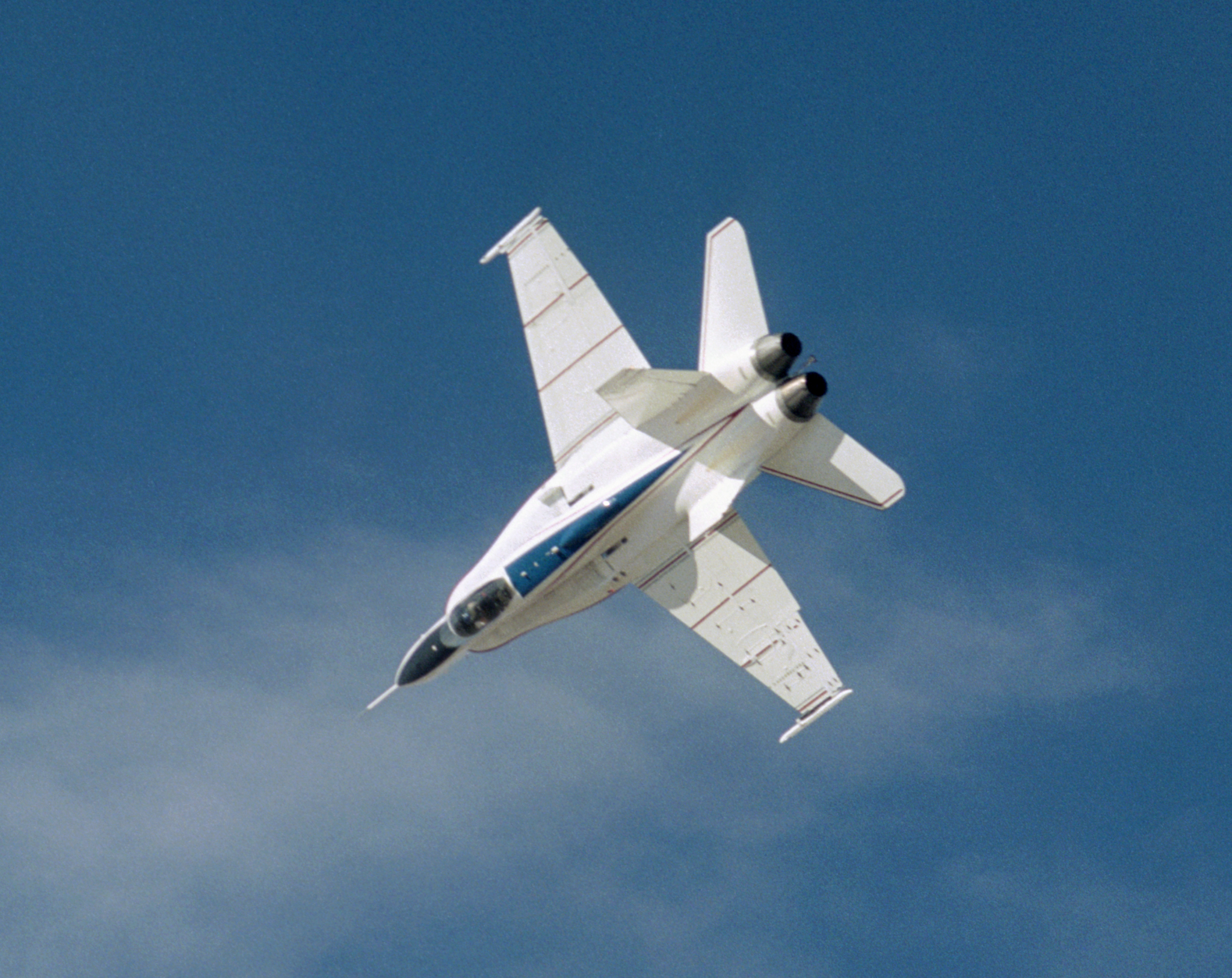
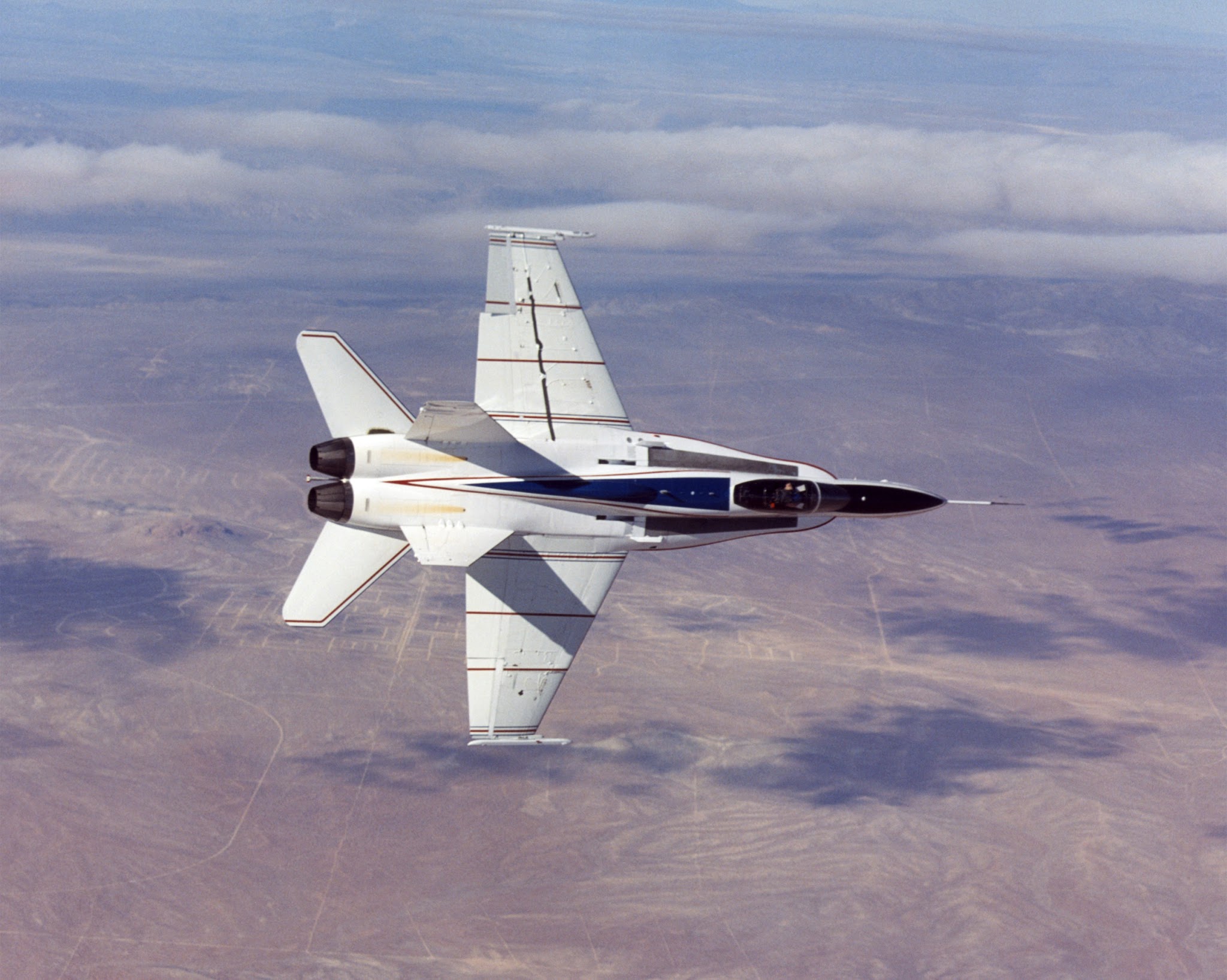
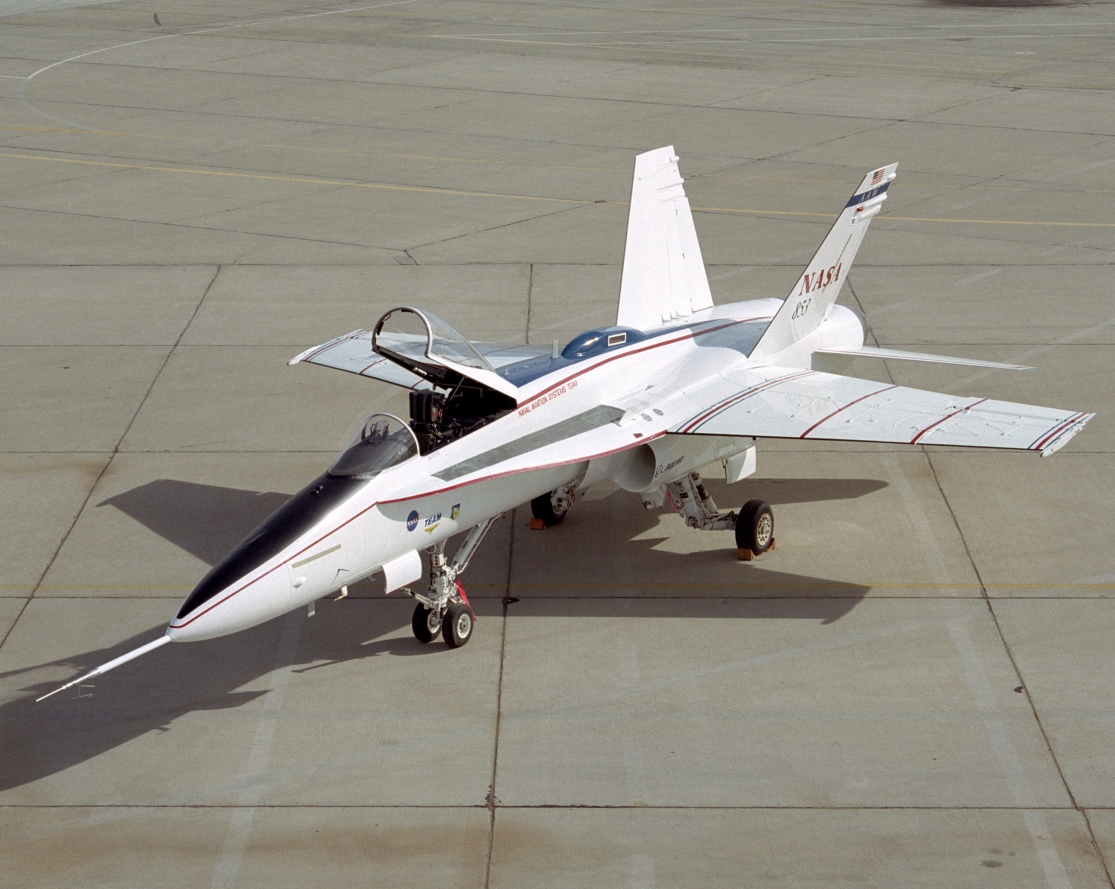
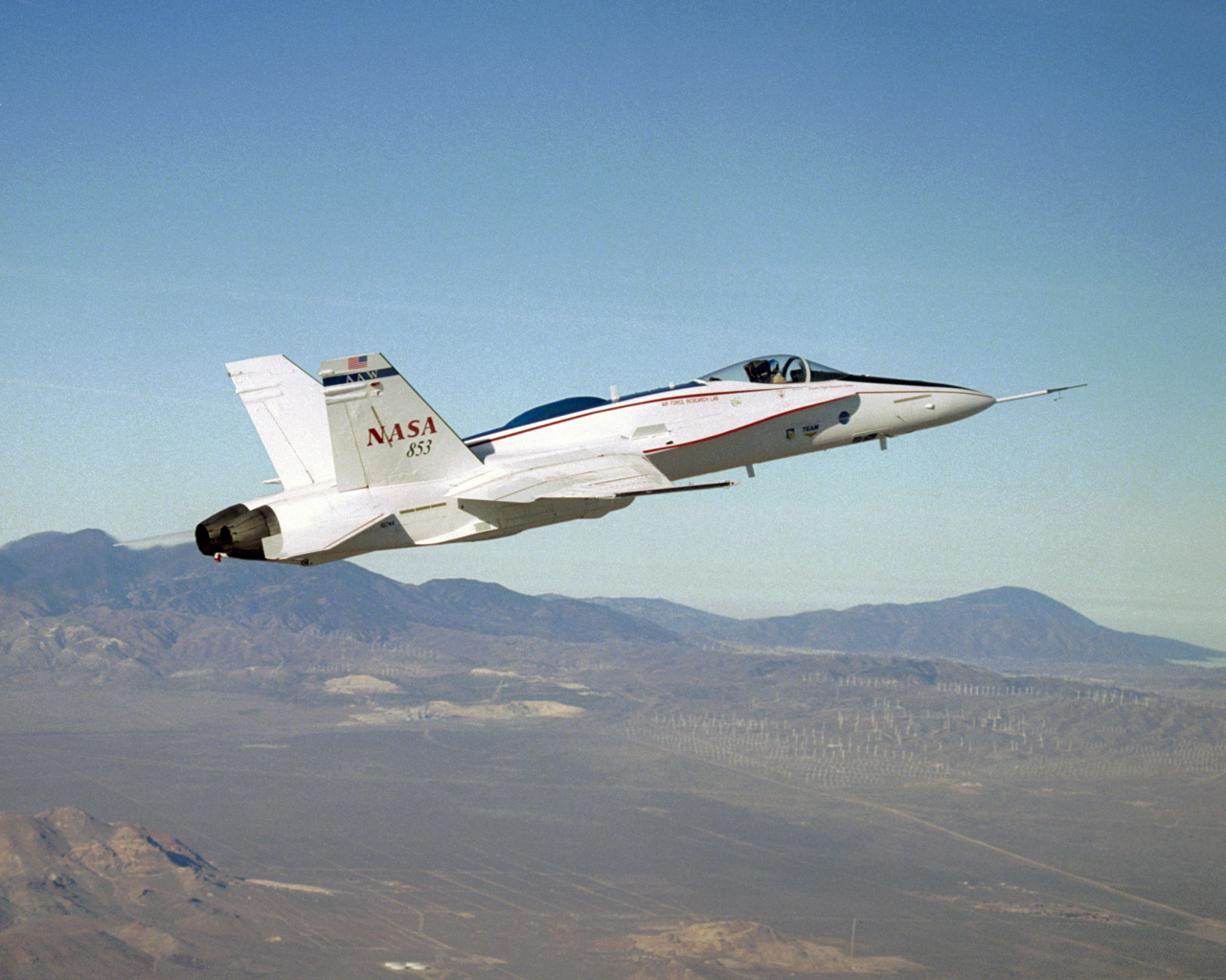
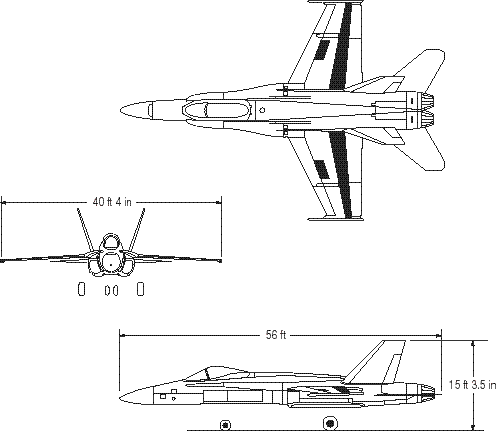


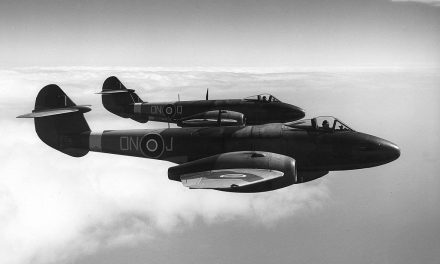


Recent Comments